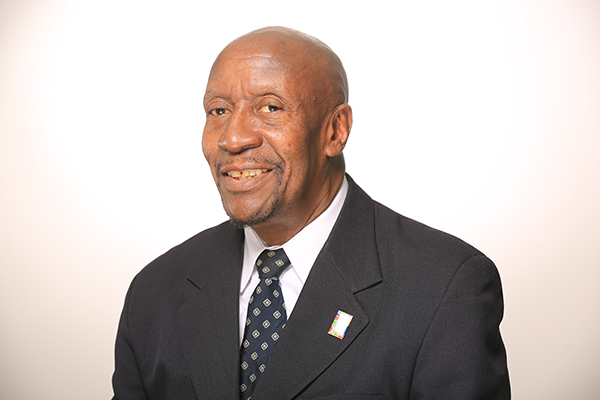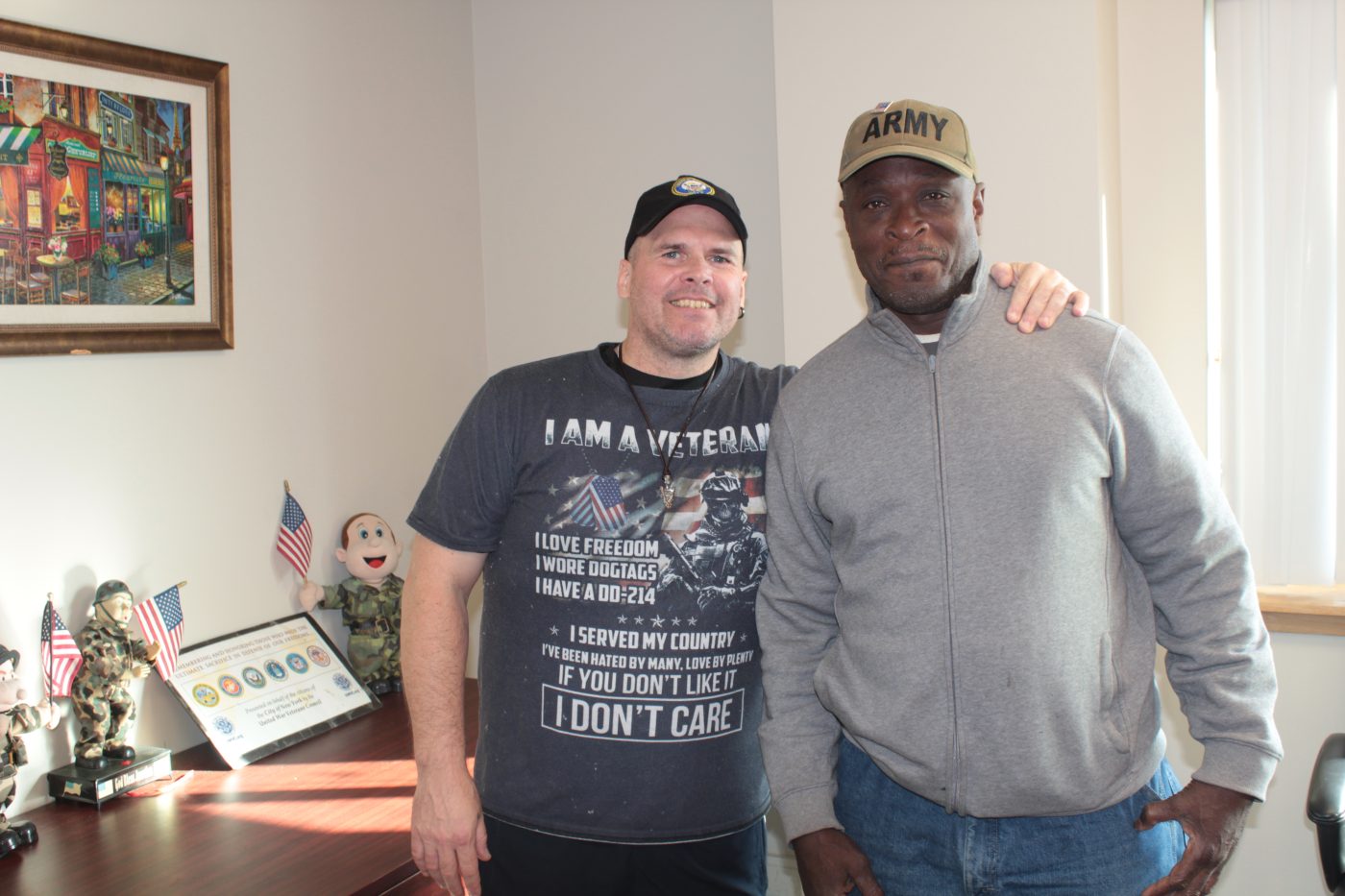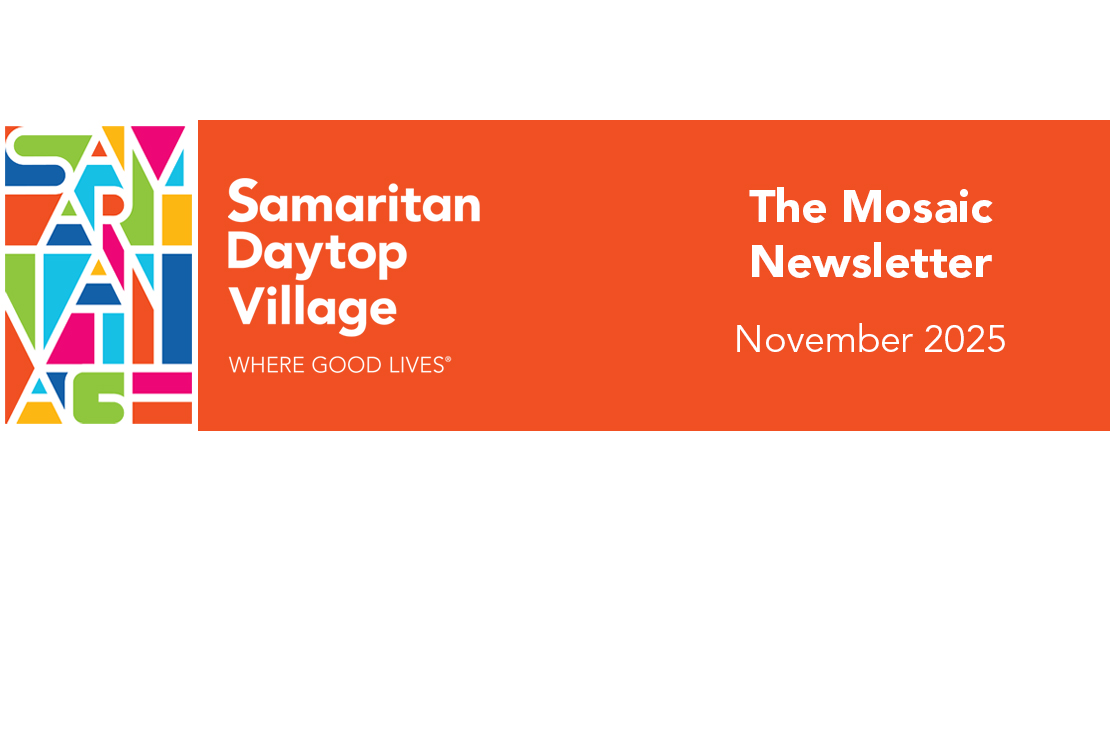Points to Consider During the COVID-19 Pandemic That Are Impacting the SUD Community

Reference Behavioral Health News article
Summer 2020 Issue
Published: May 20, 2020
Author:
Roy Kearse
VP of Recovery Services
Samaritan Daytop Village
As a health care professional with close to 40 years of experience, I have seen the behavioral health field and particularly the Substance Use Disorder (SUD) field face many challenges, but none like the current COVID-19 pandemic. I would like to share the following 5 points of observation.
Point 1: The COVID-19 crisis hit a SUD system that was just beginning to see some stabilization and reduction in the annual number of overdose deaths that had steadily been rising in America – having reached a high mark of over 70,000 deaths in 2017. In 2018 (according to the National Center for Health Statistics), they showed a 2.9% decrease in that number. It took the SUD field years of painstakingly hard work and innovation to accomplish that relatively small gain!
Point 2: History has shown us that in times of national crisis when society’s anxiety levels go up, there is an increase in substance use and abuse, resulting in addiction levels rising. We saw this after 911 and continually in times of economic downturn or any other national adversity. The fact of the matter is that when people are afraid and uncertain, they look for ways to relieve that fear and uncertainty, and often times they may turn to alcohol, and other substances to relieve their anxiety.
Point 3: The COVID-19 pandemic has brought us to a crisis situation where healthcare workers in general, and SUD workers in particular are being asked to do more. Whether prevention, treatment, or recovery services, our SUD system is being stretched to its very core. Nowhere is this more evident than with providers of residential services who find themselves in the unenviable position of having to manage facilities where people often live in situations that pose density problems in a new world of social distancing. And while social distancing does not mean social isolation, residential providers have unique challenges in trying to provide care for their client population, while at the same time trying to safeguard both their clients and staff!
Point 4: Despite these seemingly insurmountable challenges, the SUD field of providers has risen to the occasion. Daily, an army of professional peer workers, clinicians, support staff, and managers go to work to help some of the most vulnerable people in our society even while knowing that in some cases they are putting themselves in harm’s way.
More broadly, providers continue to develop creative telepractice models in order to continue to provide individual and group recovery supports through Zoom and other telehealth platforms. Social distancing and daily personal health monitoring have become standard practice for health care workers and clients. Providers have secured through any means available safety gear of mask, gloves, sanitizers, and other items to the extent possible for their staff and clients. Providers have also quickly adapted to guidelines set by government bodies such as the CDC nationally, and DOH locally. Staff have been trained in how to deliver telehealth services, and clients have received an abundance of information on self care.
To illustrate the bravery, compassion and selflessness we see every day, I share the story of Christopher, one of our many invaluable Recovery Coaches at a major Bronx recovery facility. Christopher’s main job is reaching out to program participants offering resources and support services to get them through these times and to let them know they are not alone. He offers peace, understanding and encouragement that helps to keep them on the path to recovery. But that’s only part of the story. Twice a week, when he leaves his day job, Christopher volunteers on an overnight shift at the Red Cross from 7pm to 6am the following morning where he and others assemble food boxes and set up temporary housing for doctors, nurses and first responders who can’t go home and need a safe environment to stay before they return to work on the front lines. He also dedicates all weekend, every weekend volunteering either for the Red Cross or FEMA where he fills other critical roles including distributing much needed PPE to medical facilities and even transporting the recently deceased due to COVID-19 from hospitals to the city’s public cemetery on Hart Island where they are prayed for before they are interred. Christopher’s inspiring story reminds us all the goodness and grace within people who are dedicated to pursuing a life of recovery and helping others..
Point 5: By the time this gets published, I pray that the curve on the pandemic has not only been flattened but rather shattered to smithereens. However, if things are as they are, we need to do the following:
- Make more protective gear available to our frontline workers and clients
- Provide differential pay to those who put themselves in harm’s way
- Additional funding for take-home doses for clients in medically assisted treatment
- Funding for loss in revenue for fee for service providers who can’t see clients
- Residential programs to be funded, staffed and equipped like the hospital units they are now called to be
- Mobile testing that can be done at residential sites so that providers can better triage their population
- Support one another like never before!


